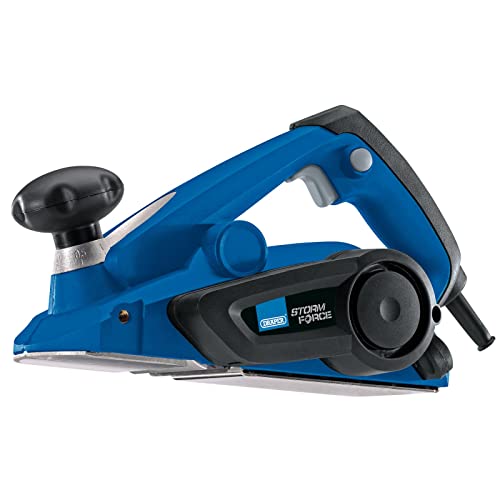I have No6 box sash window sills to replaced. Original sills are oak and I'm going to use sapele as the replacements.
I can't find anything locally, or afar, to match the original profile and dimensions so the plan is to purchase rough sawn stock from a local yard and machine myself as required.
However I'm a carpenter and dont have much workshop/joinery machinery.
In theory I believe that I can produce the required profile with a tablesaw and electric plane, the plane has zero clearance on one side so should be able to clean up the bevelled/inclined surfaces fully.
I suppose success will depend on how regular the rough sawn stock is but just wondering if any other member has managed to produce similar profiles with basic tools?
I'm happy to buy a bench top thicknesser if it would help but again I think it may not offer anything extra should the stock dimensions be cocked.
I can't find anything locally, or afar, to match the original profile and dimensions so the plan is to purchase rough sawn stock from a local yard and machine myself as required.
However I'm a carpenter and dont have much workshop/joinery machinery.
In theory I believe that I can produce the required profile with a tablesaw and electric plane, the plane has zero clearance on one side so should be able to clean up the bevelled/inclined surfaces fully.
I suppose success will depend on how regular the rough sawn stock is but just wondering if any other member has managed to produce similar profiles with basic tools?
I'm happy to buy a bench top thicknesser if it would help but again I think it may not offer anything extra should the stock dimensions be cocked.





















